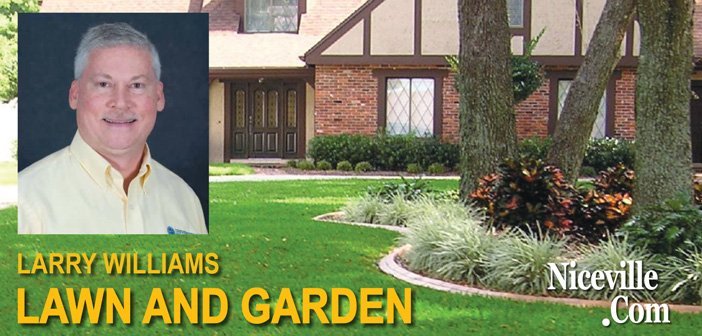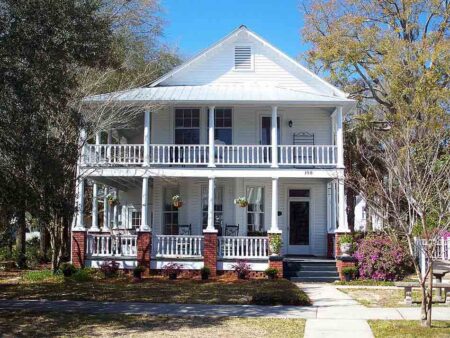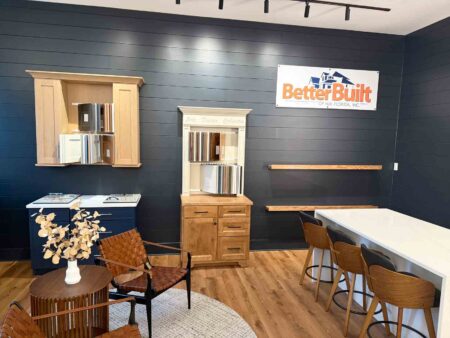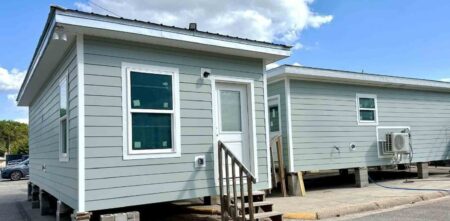FLORIDA — Over time, landscapes change, and our needs change. Lawns, shrubs, and trees are living and respond to their environment, growing and declining with time. Many older landscapes eventually need renovation and improvements.
Older plants outgrow their space. Others decline. Large, open lawns for play may not be needed any longer as children become older and eventually move away.
There are plants that are best removed from the landscape. They may become overgrown or become less than aesthetically pleasing.
That’s a nice way to say they are ugly.
The area may look better after removing old, declining, overgrown plants. Consider removing plants that require too much maintenance or that are pest-prone.
Late summer through fall is a good time to do a walk-through of your landscape. Make notes if necessary as you visually inspect the plants.
You get to see the plants that did great the plants that didn’t do so great.
You can make decisions on which plants to do away with, which to keep, which were more trouble than they were worth from a maintenance standpoint, etc.
As you inspect your landscape, ask yourself questions. You can easily identify problem areas in the lawn. As you identify problem areas in the lawn, attempt to determine why those areas aren’t doing so well.
Begin formulating plans for correcting those areas. Decide if renovating and replanting with grass is your best option. Or something other than grass may be the best option, particularly if there is a history of problems with grass in a specific location.
As a general rule, when there is less than 60 percent coverage of the desirable lawn grass left, reestablishment should be considered. Many times, with time, the original lawn grass dies out, leaving a mix of weeds, some of the original lawn grass, sometimes a volunteer grass such as bermudagrass and/or bahiagrass, and some bare ground.
In the process of starting over, decide where lawn grass is needed or where it serves a purpose and consider other options in areas where grass may not be needed or where grass does not historically grow well.
It may be time to replace an older, declining plant with something new. There may be a plant that hasn’t performed up to par, but that would do better if moved to a more appropriate location – fall is a good time to relocate plants.
Now is a good time to take a soil sample and possibly take the guesswork out of liming or fertilizing. We can test the pH at the Extension Office now, and you’ll have plenty of time to apply lime if needed.
Larry Williams is the Extension horticulture agent with the Okaloosa County Cooperative Extension Service, University of Florida. Contact Larry at 689-5850 or email lwilliams@myokaloosa.com.







